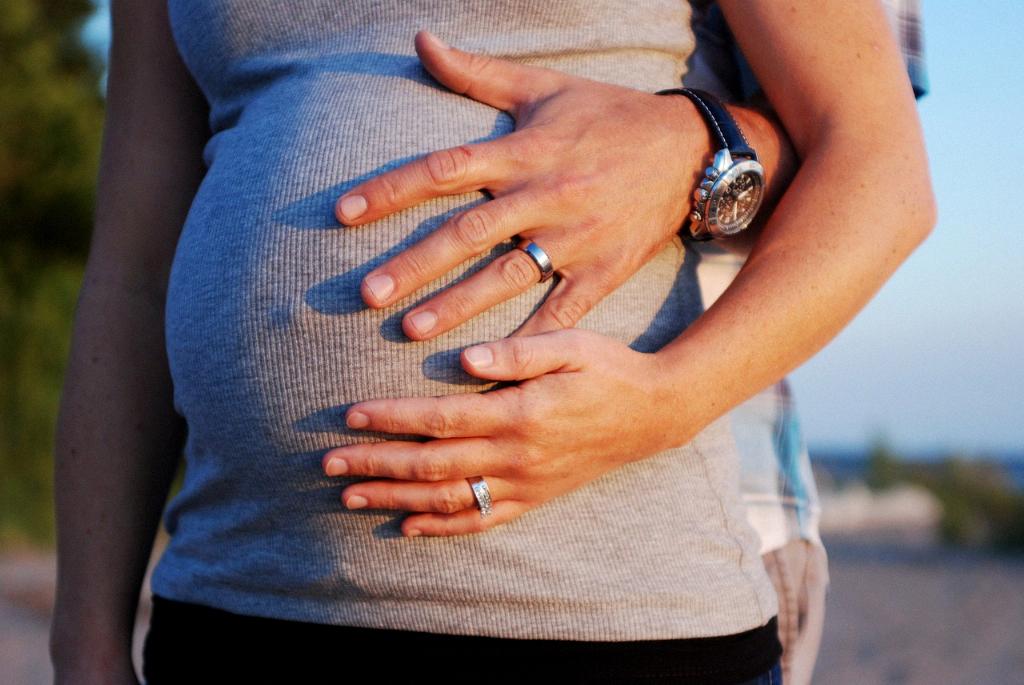Exercise during pregnancy has numerous benefits for both the mother and the baby. Staying active can help reduce the risk of gestational diabetes, improve circulation, boost mood, and help with postpartum recovery. However, it is crucial to exercise safely and in a way that is suitable for your changing body.
Starting Exercise During Pregnancy
If you have a standard pregnancy and are not experiencing any complications, you can start exercising at any point. It is recommended to begin with gentle, low-impact exercises and gradually increase the intensity as your body adjusts to the changes.
Consult with your Obstetric Provider
Before starting any exercise routine during pregnancy, it is essential to consult with your obstetric provider. They can provide personalized advice based on your medical history and individual circumstances. Your healthcare provider can help tailor an exercise plan that is safe and appropriate for your stage of pregnancy.
Adaptations Throughout Pregnancy
As your pregnancy progresses, your body undergoes significant changes. It is crucial to adapt your exercise routine to accommodate these changes. Listen to your body and modify your workout as needed. Avoid exercises that involve lying flat on your back after the first trimester.
Best Types of Exercises
Low-impact exercises such as walking, swimming, prenatal yoga, and stationary cycling tend to be safe options during pregnancy. These activities help strengthen muscles, improve flexibility, and maintain cardiovascular health without putting excess strain on the body.
Avoid High-Risk Activities
During pregnancy, it is essential to avoid high-risk activities that could potentially harm you or your baby. Activities such as contact sports, heavy lifting, and exercises that involve lying on your stomach should be avoided to reduce the risk of injury.
Stay Hydrated and Cool
When exercising during pregnancy, it is crucial to stay hydrated and cool. Drink plenty of water before, during, and after your workout to prevent dehydration. Avoid exercising in hot and humid conditions to prevent overheating. Wear loose, breathable clothing and consider exercising in a well-ventilated area.
Monitor Your Heart Rate
Monitoring your heart rate during exercise can help ensure that you are not overexerting yourself. Aim to keep your heart rate within a safe range, which can vary depending on your fitness level and stage of pregnancy. If you experience dizziness, chest pain, or shortness of breath, stop exercising immediately and seek medical attention.
Listen to Your Body
Your body provides valuable feedback during pregnancy. Pay attention to how you feel during and after exercise. If you experience any pain, discomfort, or unusual symptoms, stop exercising and consult with your healthcare provider. It is important to prioritize your health and well-being throughout your pregnancy.
Benefits for Postpartum Recovery
Staying active during pregnancy can also have long-term benefits for postpartum recovery. Regular exercise can help strengthen muscles, improve endurance, and support overall well-being after childbirth. By establishing a healthy exercise routine during pregnancy, you can set the foundation for a smoother postpartum recovery journey.
Final Thoughts
Exercise can be a beneficial and enjoyable part of your pregnancy journey. By approaching exercise with caution, listening to your body, and consulting with your healthcare provider, you can safely incorporate physical activity into your routine throughout pregnancy. Remember to prioritize safety, stay hydrated, and choose exercises that support your changing body as you prepare for the arrival of your little one.

